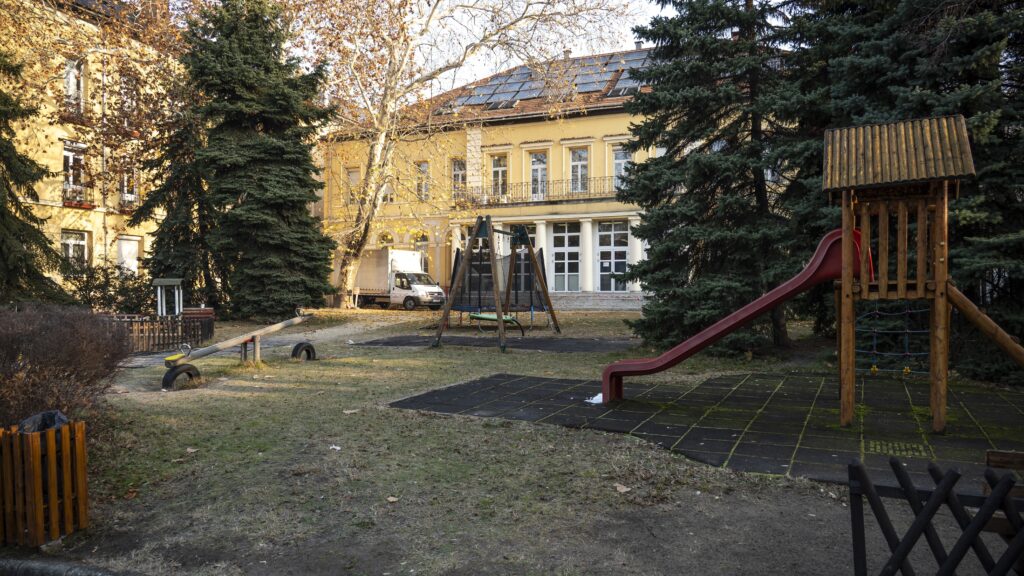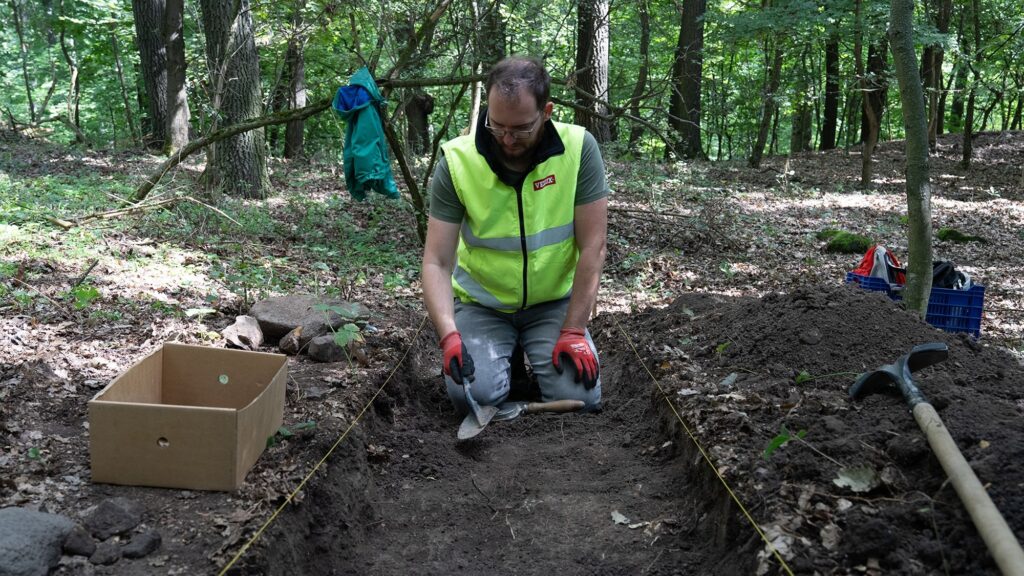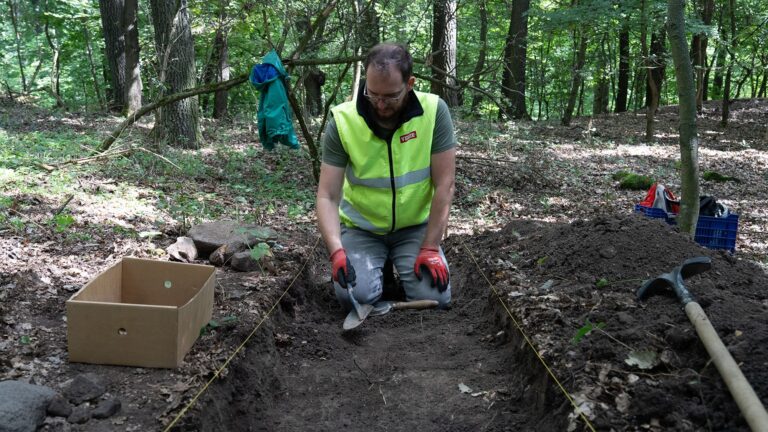In 2015, during the United Nations Climate Change Conference in Paris (COP), developed countries pledged to spend at least 100 billion USD annually on climate related projects to ensure a sustainable future for the coming generations. Hungary also committed itself to contribute to a shared sustainable future. Between 2014 and 2017 Hungary contributed 93 million euros in total to international climate-related expenditures. Given this amount of contribution within the above period, Hungary contributed financially the most—among the Visegrád Four countries—to prevent a climate crisis.[1]
1Besides the Hungarian state’s contribution to international climate projects, Hungarian domestic economy also became more environmentally friendly. The development of renewable energy plays a crucial role in Hungary’s green transition. The volume of energy produced from renewable energy sources has almost doubled in Hungary between 2005 and 2017. The increase in renewable electricity generation was even more remarkable, between 2000 and 2017 it has increased 13 times. [2] While in 2000 only 0,7 per cent of electricity was generated from a renewable source, by 2017 this rate has increased to 8,1 per cent. Overall, the share of renewable energy sources has increased substantially between 2005 and 2013; by 2012 the target set for 2020 was reached – at this point 15.5 per cent of all domestically consumed energy was coming from renewable sources. This trend slightly reversed in 2013, when from a peak of 16.2 per cent, the share of renewable energy has decreased to 13.5 per cent by 2017. In 2018, 18 per cent of all EU energy consumption was coming from a renewable source, therefore (slipping back from the early 2010s’ leading position), now Hungary is slightly lagging behind the EU average with only 12.5 per cent of the country’s energy being renewable.
Overall, the share of renewable energy sources has increased substantially between 2005 and 2013; by 2012 the target set for 2020 was reached
The share of green energy in residential energy usage has been on a favourable path too in Hungary. The use of environmentally most damaging energy sources such as fossil fuels, crude oil and petroleum products has decreased substantially over the years – fossil fuels constitute only 2 per cent and crude oil and petroleum products constitute only 1 per cent of household energy usage. While gas is the most widespread energy resource of households (49 per cent), renewable energy is the second most common source of household energy usage (29 per cent). Besides the transition from traditional energy resources to renewables, it would also be essentially important to reduce households’ overall energy consumption. Reducing residential energy consumption is important not only to mitigate its effect on climate but also to decrease households’ expenses. Unfortunately, since the early 2000s Hungarian households’ energy consumption has been constantly higher (with around 7 per cent) than the EU average[3]. So, while the share of renewable energy increased, no significant achievements were made to reduce overall household energy consumption.
It is not only the penetration of renewable energy that matters to create a more environmentally friendly Hungary but also to deal with the waste generated by consumption. The amount of waste generated in Hungary has been significantly decreasing between 2004 and 2017 from 25.5 million tonnes to 17.9 million tonnes. With these figures in Hungary the per capita waste is much lower than in most Western European countries; per capita Denmark, Norway and Switzerland produce the most waste (as consumption is also much higher in these countries). Furthermore, with years are passing by a higher proportion of waste is being collected selectively. In 2004 in Hungary 88 per cent of waste was collected in the traditional way, and only 12 per cent selectively. By 2017, the proportion of selectively collected waste has increased to 29 per cent, that is, only 71 per cent of waste is collected traditionally[4]. According to the target set for 2020 the selectively collected (from households) glassware, scrap metal, plastic and paper waste should increase to at least 50 per cent. In 2017 this rate was 45.3 per cent, so Hungary is on the way of meeting with this environmental target.
In terms of recycling, Hungary is doing significantly better than the EU average
Beyond the amount of waste and the proportion of selectively collected waste, it also matters how much waste is being recycled. In terms of recycling, Hungary is doing significantly better than the EU average. In 2018, 61 per cent of waste was recycled in the country; it is up from 28.2 per cent in 2009. Since 2006, the proportion of recycled waste in the EU has been fluctuating between 42-49 per cent. The recovery of material through recycling is the highest in Slovenia, Italy and in the Czech Republic (around 75 per cent). The least recycling countries are Finland, Bulgaria, Greece and Romania – in each of these countries less than 10 per cent of waste was recycled. With 61 per cent of waste being recycled, Hungary recycles around 10 per cent more of its waste than the EU average[5].
Overall, while Hungary is not the greenest country in Europe, still, in the last couple of years it has seen a considerable improvement in its environment. This improvement in environment also has a positive impact on people’s satisfaction with the surroundings of their homes. On a scale from 1 to 10, people gave only 6.5 points to their living environment in 2013. With the considerable improvements Hungary has become more environmentally friendly, people’s perception of their surroundings has improved. By 2018, Hungarians gave a score of 7.1 out of 10 to their living environment. Residents of regional centres are the most satisfied with their towns (7.64 points) while villagers are the least satisfied (6.64). There is also a considerable regional difference between the satisfaction of Hungarians with their living environments – Western Hungary is much more satisfied (7.6) than people in the North (6.77)[6].
[1] ’13. cél: sürgős lépések megtétele a klímaváltozás és hatásainak leküzdésére’, KSH, (2019), https://www.ksh.hu/sdg/cel_13.html, accessed 10.05.2022.
[2] Aujeszky Pál, Árva Katalin, Bárdos Csilla, Dienes-Borbély Nóra, Dr. Fekete-Fábián Zsófia, Franczen Lajos, Halmi Erzsébet, Patay Ágnes, Polgár Ágnes, Szabó Zsuzsanna, Temesvári Tímea, Végh Nándor, Zách Dániel, ’Környezeti helyzetkép, 2018’, KSH, (2018), 100p.
[3] ’Háztartások energiafogyasztása’, KSH, (2020), https://www.ksh.hu/sdg/3-38-sdg-7.html, accessed 10.05.2022.
[4] Aujeszky Pál, Árva Katalin, Bárdos Csilla, Dienes-Borbély Nóra, Dr. Fekete-Fábián Zsófia, Franczen Lajos, Halmi Erzsébet, Patay Ágnes, Polgár Ágnes, Szabó Zsuzsanna, Temesvári Tímea, Végh Nándor, Zách Dániel, ’Környezeti helyzetkép, 2018’, KSH, (2018), 83p.
[5] ‘Kezelt hulladék’, KSH, (2020), https://www.ksh.hu/sdg/3-29-sdg-11.html, accessed 10.05.2022
[6] ’Lakókörnyezettel való elégedettség’, KSH, (2020), https://www.ksh.hu/sdg/1-9-sdg-11.html, accessed 10.05.2022.







